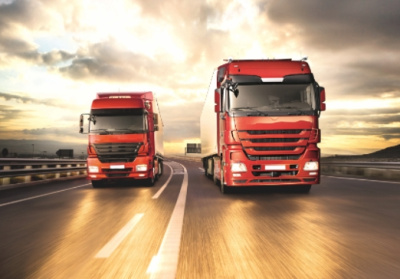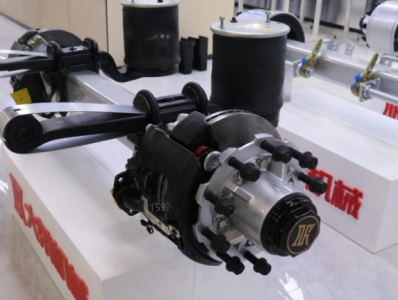How many kinds are there in semi trailer self unloading hydraulic top?
Self-unloading semi-trailer refers to a kind of semi-trailer that can automatically tip over the Angle of the carriage and quickly complete the unloading task when unloading. Its unloading efficiency is high, which can greatly save the unloading time and labor, shorten the transportation cycle, and improve the production efficiency. In general, the self-discharging semi-trailer is widely used in the transportation of loose goods such as sand, gravel, soil and coal.
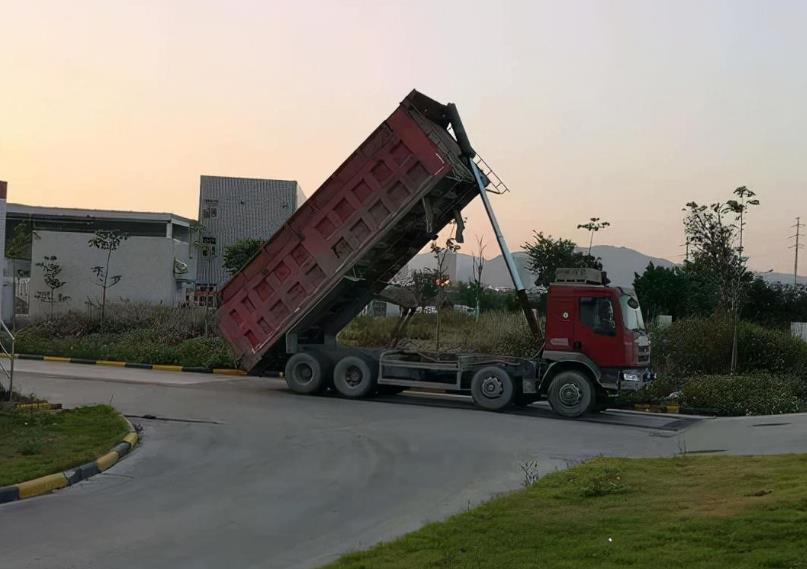
Many semi-trailers do not have the self-unloading function when they leave the factory, but in practical applications, this function is found to be needed. Can it be designed and installed by itself? In fact, it is possible, but the need to do a good job in advance of the record, and in the certificate and driving license for labeling, otherwise it may affect the annual audit, and even be considered as illegal modification.
The addition of the unloading function can be understood as the addition of a lifting way to the carriage. At present, the prevailing hydraulic power system is on the market. Although there are many versions of the form of the dump car, the lifting way is basically not much different. So the question is: which kind of hydraulic top is more reliable and more stable?
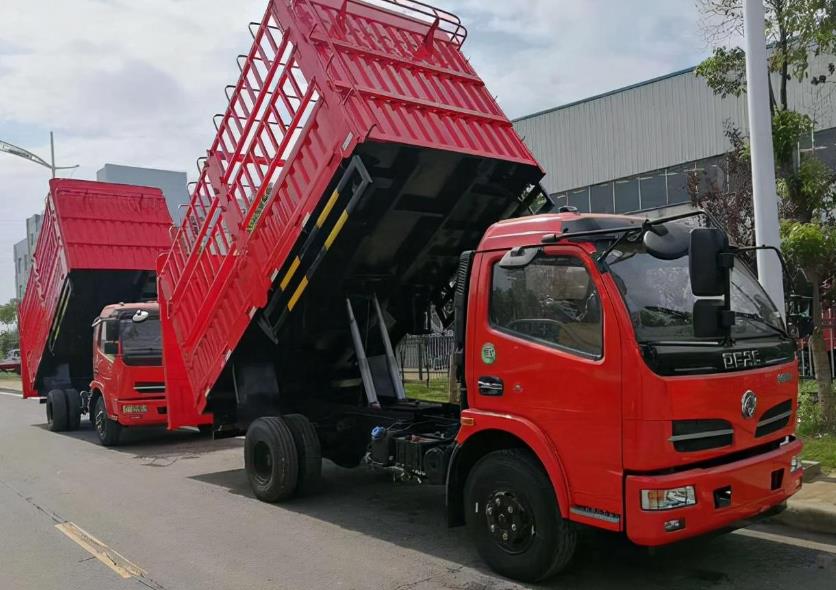
Dump truck hydraulic roof can be mainly divided into the following four types:
1. Front hydraulic top.
The front hydraulic top is referred to as the "front top". As the name suggests, the hydraulic top is installed in the front end of the cargo car, which usually appears on the medium and large dump truck, and the application on the small wheelbase vehicle is relatively few.
According to the lever principle, the top of the front is longer, that is, the moment is long, so the lifting force is relatively stronger, more suitable for lifting weights, such as muck, coal, which is one of the reasons why it is more in the medium and large dump truck.
In addition to large lifting force, the front top also has the advantages of fast lifting speed, simple structure and easy maintenance.
It should be noted that this method of lifting also has certain disadvantages. Since the front top is installed between the cab and the cargo compartment, it will occupy the body length and shorten the cargo compartment size to a certain extent. In addition, although the front top is dominant in lifting force and lifting speed, but in the loading and unloading of goods with uneven weight distribution, it is easy to appear excessive phenomenon, leading to the bending of the ejector rod, affecting the telescopic lifting, and even the risk of the ejector rod fracture, we must pay great attention to it.
2. Middle double top.
The middle double top is installed in the middle position below the cargo compartment and consists of two hydraulic tops. Compared with the front top, the middle top can reduce the center of gravity of the vehicle, and the stability of lifting is better. It is more suitable for the short single bridge dump truck.
In the case of uneven weight distribution of the goods mentioned above, it is more suitable to use a middle double top. Compared with a single roof, a double roof is more suitable for complex working conditions, such as sand or other uneven conditions, better adaptability.
In addition, in the installation position, the middle of the double top does not affect the length of the cargo box, but relatively to occupy more girder space. In the process of operation, the two hydraulic jacking should be synchronized. The failure of any one of them will have an impact on the other hydraulic jacking. If it is light, the jacking rod will bend, if it is heavy, the vehicle will tip over.
3. Middle horizontal top.
It is called "horizontal roof" because the hydraulic roof is lying on the inside of the girders of the vehicle under the state of contraction. Compared with the first two hydraulic tops, the structure of the horizontal top is more complex, consisting of multiple sets of pins. Relative, its performance is generally better than the first two, stability and bearing capacity are more balanced, can be said to have both the lifting force of the front top and the stability of the middle of the double top, and the middle of the horizontal top is installed under the cargo car, does not occupy the length of the carriage.
But the horizontal top is not without shortcomings, corresponding to its complex structure, is the increase of the failure rate, after all, there are more parts, any failure will affect the overall use, such as in a long time to lift the joint loose or fracture. The maintenance convenience is not as good as the first two lifting methods.
4. Rollover hydraulic top.
The three lifting modes on the front side all belong to backflip hydraulic jacking. Because the height of the jacking rod is affected by the length of the carriage in conventional backflip dump, the jacking rod length of those vehicles with longer cargo box length is longer. However, the joint climbing design of the jacking rod is thinner as it reaches the tail, which is unfavorable to the lateral stability of the lift. Therefore, in order to meet the requirements of the operation, the cartwheel lift structure was developed.
The rollover hydraulic top does not have much requirement on the length of the rod, and is not even half the height of the middle double top. It is distributed in a row at the bottom of the cargo car. Although the appearance looks relatively small, but the lifting force is worthy of recognition, and the rigidity of the cargo compartment is more guaranteed. If moving legs are used in conjunction with the rear of the vehicle, the cargo can be unloaded to avoid burying the tire.
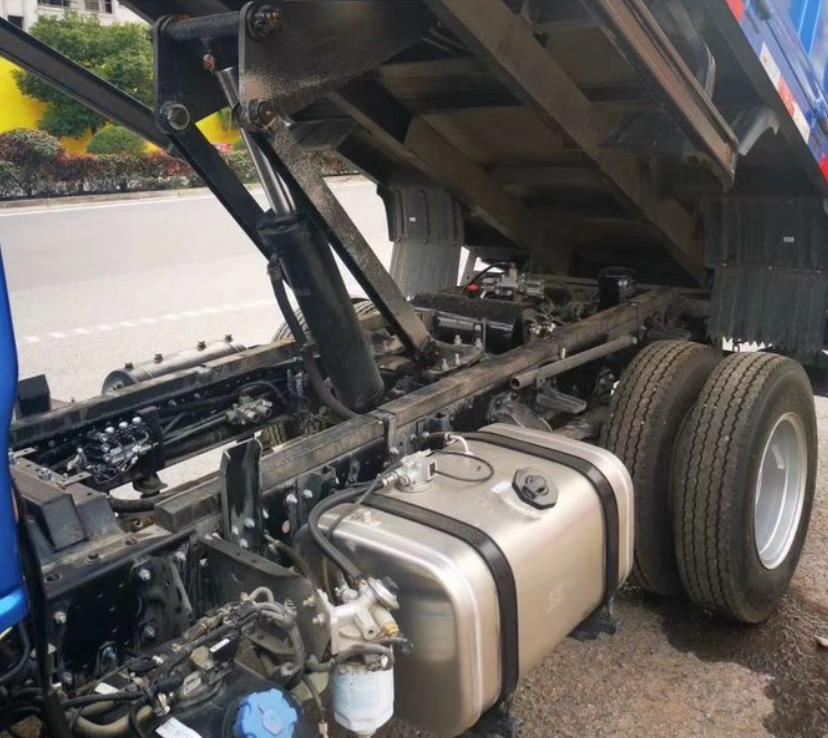
But the rollover lift also has drawbacks, such as higher requirements on the unloading site, unloading girder prone to uneven load. Usually the rollover hydraulic roof is more used on trailers with cargo compartment length greater than 9.6 meters.
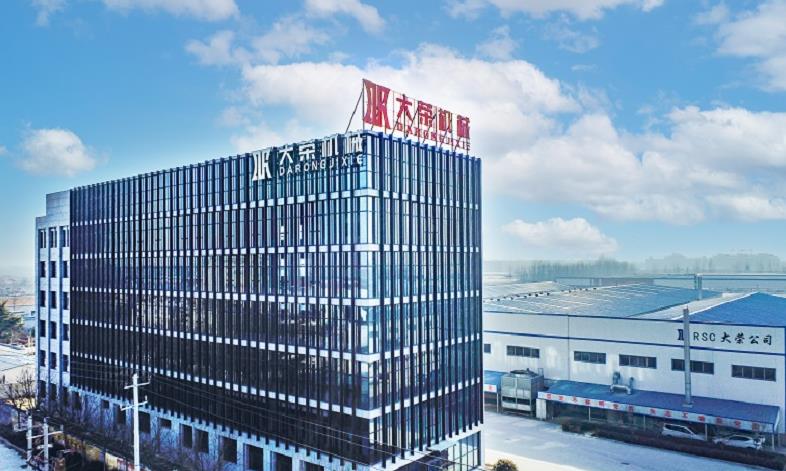
Under normal circumstances, the dump truck semi-trailer transport is a large weight of goods, so the requirements for the vehicle chassis are higher, especially the trailer axle assembly, must be 100% reliable. DARO Heavy Industry Group is the first one-piece trailer axle enterprise in Liangshan, Shandong Province, which has accumulated 20 years of experience. The group has a 32000㎡ standard chemical plant, from the next to the assembly of more than a dozen production processes are strictly controlled by a unified standard, trailer axle strength, toughness, elongation, fatigue resistance and other excellent performance, especially in the heavy performance and stability is better than the traditional three-piece axle, for the owners to provide higher security at the same time, improve vehicle operation efficiency.




